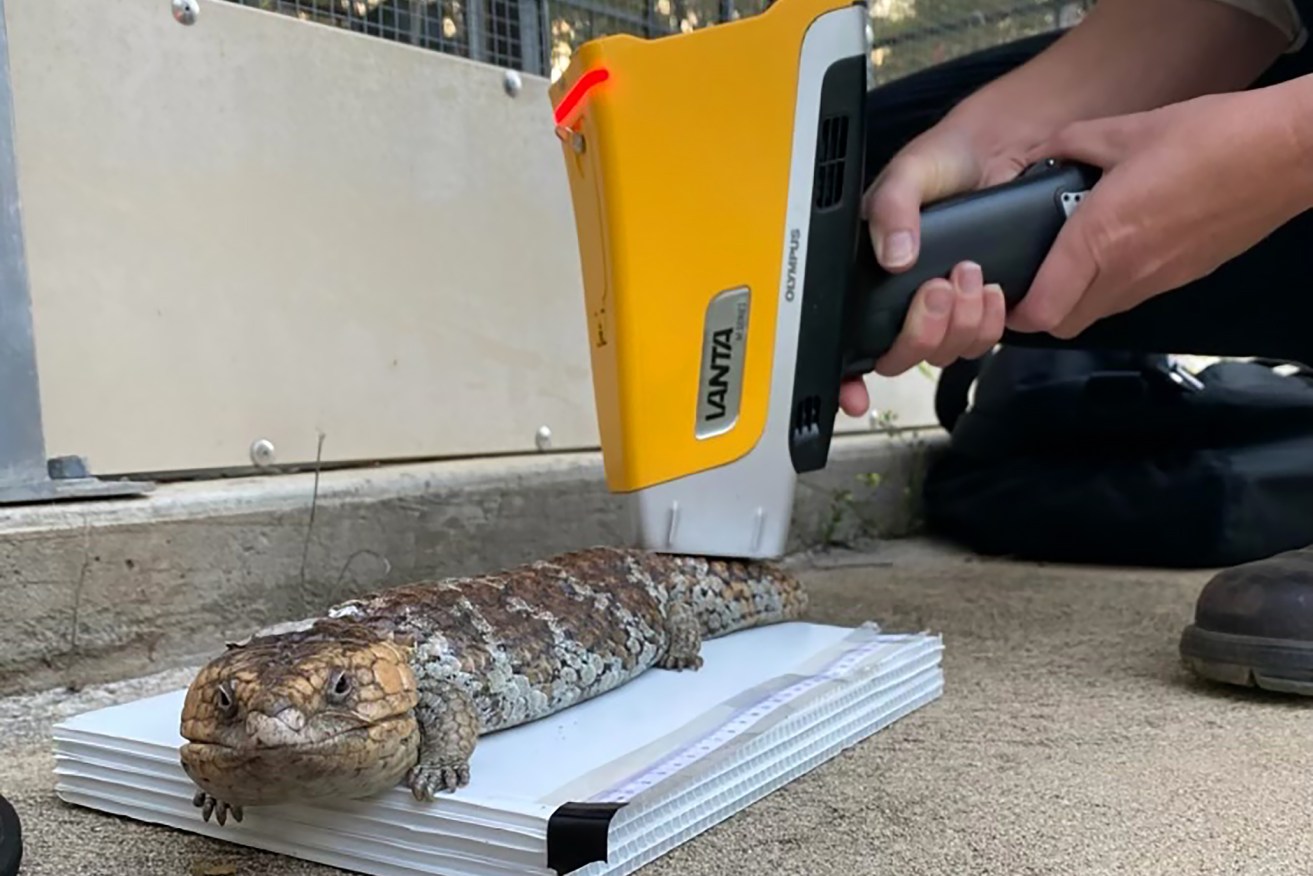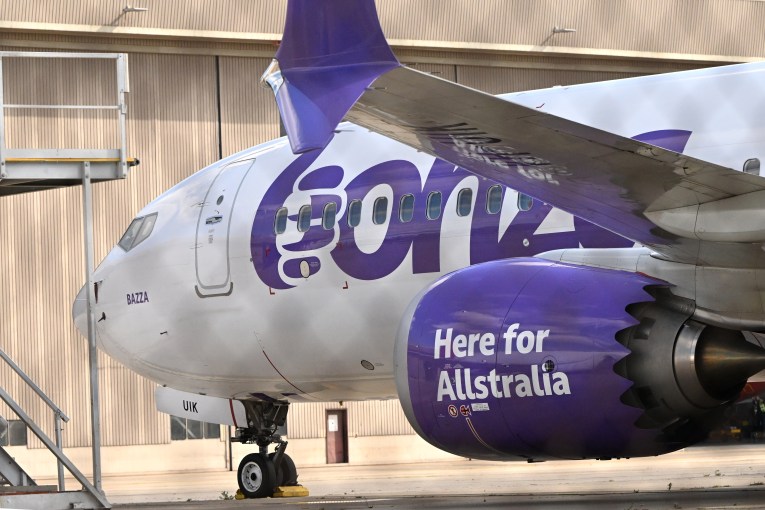New weapon in wildlife smuggling war

X-ray fluorescence can measure the presence of elements such as zinc and potassium in wildlife. Photo: AAP
Aussie experts have turned mining technology into a powerful new weapon that could be used against wildlife smugglers worldwide.
One of the great challenges for authorities battling the illegal wildlife trade is that animals, like money, are often laundered to hide where they’ve come from.
Smugglers masquerade as legitimate traders, claiming their animals have been captive-bred for legal sale when in fact they’ve been stolen from the wild.
Until now, there’s been no way to prove which is which.
But experts from Australia’s Taronga Conservation Society are working to change that with the help of X-ray technology used in the mining industry.
X-ray fluorescence can measure a broad suite of elements such as zinc and potassium.
Taronga’s experts have been able to show there are significant differences in various types of elements present in animals reared in the wild compared with those raised in captivity.
A hand-held device fitted with the technology can simply be held up against an animal for non-invasive, harmless proof of its provenance.
“It’s like when they drug test Olympic swimmers. They take a little hair and then they get a record of what they’ve put in their bodies over time,” Taronga wildlife conservation officer Dr Phoebe Meagher says.
“With this tool, you just hold it against the animal’s skin and it shoots a very focal, low-radiation X-ray beam at the keratin and reads the elements in that keratin layer.
“We’ve proven it in echidnas and we’ve tested it in pangolins, cockatoos and freshwater turtles, and now we’re trialling it in live shingleback lizards.”
Dr Meagher says the ongoing field of work, to be aired at a wildlife summit in Panama this week, could prove to be a global game changer.
The dream is that the X-ray devices will one day be uses at air and sea ports and border checkpoints, checking where animals have come from as they pass through.
With even further refinement, it’s possible smuggled animals that are seized at checkpoints could be returned to the places from where they were stolen.
“The science suggests you can find differences in wild and captive but you can also find differences between wild locations,” Dr Meagher says.
“So you could potentially say ‘Well, this is a southeast Asian pangolin versus an Indian pangolin or an African pangolin’.
“The big, big dream in the future is that when we get these seized animals, there’s the potential to be able to put them back in the right place. That’s the blue-sky, long-term goal for this type of technology.”
Dr Meagher will detail the work on Friday in Panama City at the COP19 summit, a gathering of nations that have signed a global treaty to protect endangered species from the threats of international trade.
– AAP







